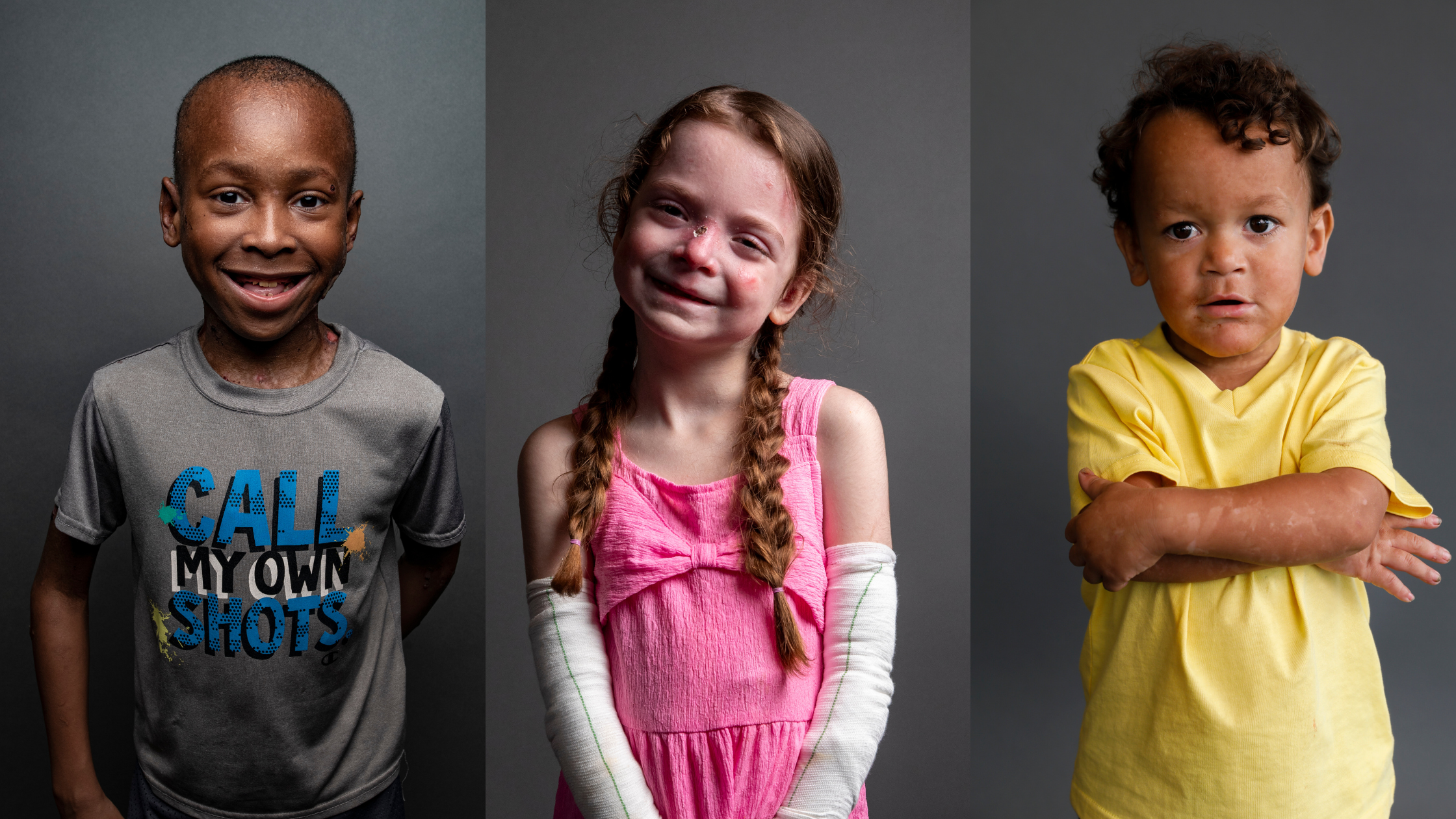
Every child deserves a safe and supportive learning environment, and for students with Epidermolysis Bullosa (EB), school can come with unique challenges.
Simple activities like walking, holding a pencil, or playing at recess can cause painful blisters and wounds, making accommodations essential.
School nurses, educators and parents play a key role in ensuring that students with EB receive the support they need to succeed academically and socially. Understanding individualized healthcare plans (IHPs), 504 Plans, and IEPs, along with practical classroom modifications, can help create an inclusive and accessible school experience.
To help families and schools navigate this, debra of America has created the School Guide on Epidermolysis Bullosa (EB) — a comprehensive resource filled with expert guidance, checklists, sample letters, and actionable strategies.
Inside the guide, you'll find:
- An overview of EB and how it affects students in school
- Guidance on Individualized Healthcare Plans (IHPs), 504 Plans, and IEPs
- Classroom accommodations and modifications
- Strategies for collaborating with parents and school personnel
- Sample letters for schools and other parents
- Checklists to help with planning and advocacy
Additional Resources to Support Students with EB
Developed by Children’s Hospital of Colorado and endorsed by debra of America, this two-part video helps educators create a supportive and academically engaging environment for students with EB.
Pass these business-sized cards out to classmates, parents, neighbors, and local businesses to spread awareness and help others understand EB.
For students with EB transitioning to college, find resources on disability services, accommodations, and self-advocacy in higher education.



